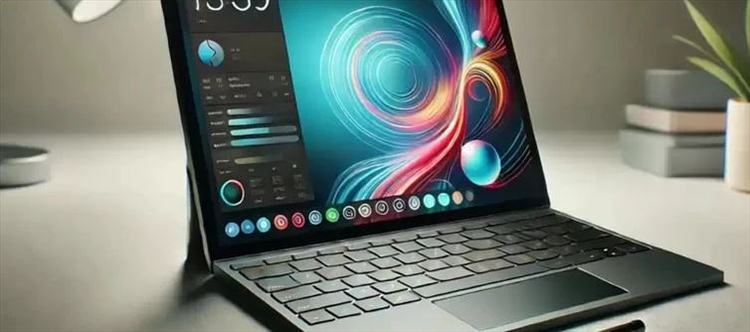
Microsoft has released a browser-based, playable level of Quake II, serving as a tech demo for the gaming potential of its Copilot AI platform. This demo isn’t a traditional game experience—it’s more an experimental showcase of Microsoft's Muse AI models, designed to simulate interactive video game environments.
While it's a fascinating glimpse at AI’s growing role in gaming, the demo has its share of limitations that highlight the current boundaries of the technology.
Pros: What’s Impressive About the AI Demo
Playable AI Simulation: The Muse model allows users to move around, jump, crouch, shoot, and even blow up barrels—actions familiar to Quake II fans. It’s not just watching an AI play a game; you actually interact with the model as if it were the game engine.
Fast, Accessible Demo: The experience is browser-based and runs for a few minutes, giving a quick and lightweight way to test AI-driven environments without downloads or installs.
Tech Exploration: As a research experiment, the project succeeds in demonstrating that AI models can simulate aspects of interactive environments, creating real-time feedback loops between user inputs and visual responses.
Potential for Game Preservation: microsoft hints at broader implications, suggesting that AI models could help make older games "portable to any platform" in the future.
Cons: Where It Falls Short
Not a Real Game: microsoft is upfront that this is a model simulation—not a faithful recreation of Quake II. Think of it as “playing the model” rather than playing the actual game.
Visual and Logical Glitches: Enemies appear fuzzy, health and damage counters are inconsistent, and object permanence is limited—objects disappear if not visible for more than 0.9 seconds.
Gameplay Limitations: Players have reported getting stuck in dark rooms or unintentionally "teleporting" across the map by simply looking at the sky and back down—quirks that break immersion and make the game unpredictable in less fun ways.
Criticism from Game Designers: writer and designer Austin Walker critiqued the demo for missing the point of game preservation. He emphasized that classic games aren’t just about visuals or inputs—they’re about the deeper systems, edge cases, and design intricacies, which AI simulations don’t currently replicate.
Microsoft’s Quake II AI demo is an ambitious and intriguing tech showcase, hinting at how AI could one day support game development, emulation, or accessibility. But for now, it’s far from replacing traditional game engines or preserving the full depth of classic titles. It’s a cool toy, a proof-of-concept—but not yet a replacement for the real thing.




 click and follow Indiaherald WhatsApp channel
click and follow Indiaherald WhatsApp channel